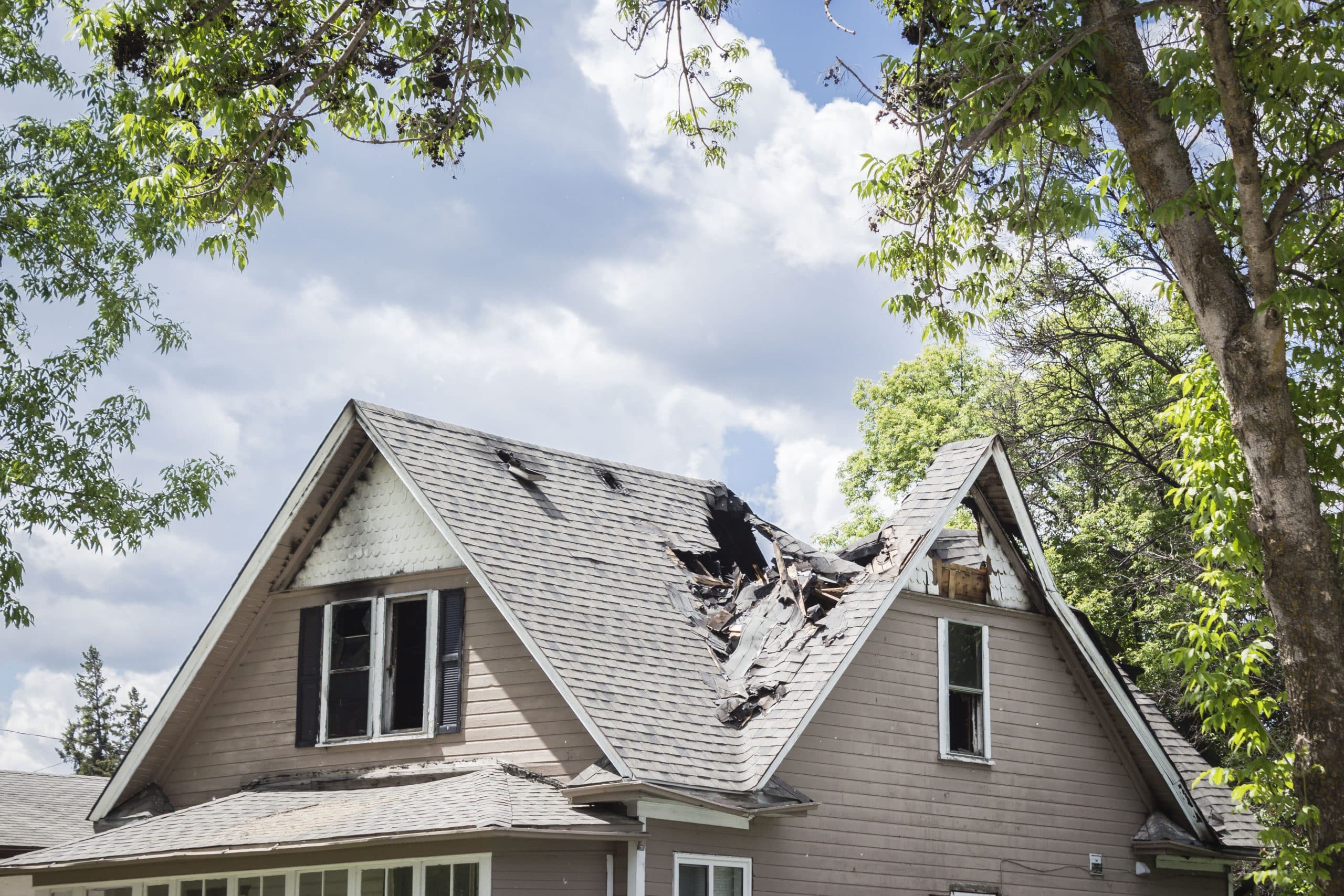What is Damage Mitigation?

In the event of harm caused by someone else, victims have the right to seek compensation from the responsible party. However, this right comes with a responsibility – to take reasonable steps to minimize the damages they suffer.
Mitigation of damages is a legal principle that requires victims to make reasonable efforts to reduce the impact of the harm caused by another party. Failing to do so may limit the amount of compensation they can recover from the responsible party.
For defendants, mitigation of damages can be a valuable defense in legal proceedings. By demonstrating that the victim did not take reasonable steps to minimize the damages, defendants may be able to reduce or even avoid liability altogether.
Real-Life Examples of How Mitigation of Damages Works
While the concept of mitigation of damages can be abstract, it’s often easier to understand through real-life examples.
Here are some situations you might run into where mitigation of damages may come into play:
The Homeowner’s Dilemma
Building or renovating a home is a stressful process, and there are countless steps involved in the building process that could go wrong. When damages arise, things between the homeowner and the builder or repair team can get complicated.
For example, imagine a homeowner in Atlanta who hires a team to repair the roof of their house, but the team fails to complete the job. A few weeks later, a severe thunderstorm hits all of Georgia, causing water to leak in through the roof and damage the attic and the entire second floor.
While the roofing team could still be liable for the unfinished repairs, a court may find that the homeowner had a duty to hire a different team to complete the roofing job and would not be entitled to damages for the interior damage. In other words, the homeowner should have taken steps to mitigate their damages by promptly hiring a new team.
Mitigating Damages in the Tenant-Landlord Relationship
The tenant-landlord relationship can become complicated when it comes to breaking a lease agreement. Tenants who break their lease may be responsible for paying rent for any period the home is left vacant.
However, landlords also have a responsibility to make reasonable efforts to rent the vacated premises to another party.
For example, if a tenant breaks their lease and moves out, the landlord must take appropriate steps to re-let the rental property by advertising the property, hiring a real estate agent, or accepting sublease arrangements. If the landlord fails to make a reasonable effort to rent the property, it may lessen the amount of rent the tenant owes. In other words, the landlord must mitigate their damages by looking for a new tenant.
Proving Failure to Mitigate Damages
Proving failure to mitigate damages requires demonstrating that the plaintiff could have reasonably done something different to minimize the damages. Here are some examples of how failure to mitigate damages could play out in a legal case:
Refusing Medical Treatment
If a plaintiff refuses treatment or fails to seek medical attention after their injuries, it could be considered a “failure to mitigate” situation.
For example, a plaintiff sues a defendant who caused a car accident and caused severe injuries. Suppose the plaintiff refuses surgery that could have reduced the severity of their injuries. In that case, the defendant may not be required to pay for the cost of any exacerbated injuries that the plaintiff could have avoided through treatment.
However, the defendant must demonstrate that the surgery would have reduced the plaintiff’s pain and suffering or provided them with more function. The argument is not to absolve the defendant of blame but rather to minimize the amount they pay in damages.
Alternative Treatment and Its Impact on Recovering Damages
Alternative treatments such as acupuncture, chiropractic, holistic, and homeopathic remedies have become increasingly popular over the years. While some people prefer these treatments over traditional medical care, they can impact an injured person’s ability to recover damages in a legal dispute.
In personal injury cases, prompt medical treatment helps establish the extent and severity of injuries. If an injured person fails to seek medical attention or chooses to use alternative treatment instead, it could be considered a failure to mitigate damages. The defendant may argue that the injured person’s decision to use alternative therapies was unreasonable under the circumstances. As such, they should not be held responsible for the full amount of damages.
Suppose a plaintiff sustains injuries in a truck accident and decides to use acupuncture instead of seeking medical attention at a hospital. In that case, the defendant may argue that the plaintiff failed to mitigate their damages. The defendant may contend that the plaintiff’s decision to use alternative treatment instead of seeking medical care was unreasonable and that it exacerbated their injuries. As a result, the defendant may argue that they should not be held responsible for the full amount of damages the plaintiff seeks.
However, the defendant must prove that the plaintiff’s decision to use alternative treatment was unreasonable under the circumstances. Suppose the plaintiff can demonstrate that traditional medical treatment was not an option due to their beliefs or cultural practices, for example. In that case, their decision to use alternative treatment may be considered reasonable.
Refusing to Seek Employment
Another example of failure to mitigate damages could happen when a plaintiff seeks compensation for lost wages related to an accident. If the defendant can prove that the plaintiff had opportunities to find employment and work but refused to follow through, it could reduce the plaintiff’s award.
This evidence could come in the form of job offers, interviews that the plaintiff declined, or evidence that the plaintiff did not make reasonable efforts to look for work.
If the defendant can successfully prove that the plaintiff failed to mitigate their damages, it could reduce the plaintiff’s award for lost wages. The rationale behind this is that the plaintiff could have earned income to offset their losses, but they chose not to do so. As a result, the defendant argues that they should not be held responsible for the plaintiff’s decision.
However, the defendant must still prove that the plaintiff’s refusal to seek employment was unreasonable under the circumstances. If the plaintiff was still recovering from their injuries and could not work, their decision not to seek employment would be reasonable, and the defendant might not succeed in their argument.
Contact Us for Help with Your Personal Injury Case
If you have been injured in an accident and are concerned about mitigating damages in a legal dispute, contact our Atlanta injury lawyer today for a free consultation and take the first step towards recovering the damages you are entitled to.

When you become our client at Spaulding Injury Law, you’ll be represented by a thoroughly experienced Atlanta personal injury attorney like Theodore A. Spaulding. For over 15 years, Mr. Spaulding has helped victims of negligence across the state of Georgia resolve personal injury cases, and he’s received a remarkable number of awards and honors from the legal community recognizing his commitment to clients and to the metro-Atlanta area.
Mr. Spaulding has been named one of the Top 100 trial lawyers in Georgia by the National Trial Lawyers for six successive years.
He is honored as a lifetime member of the Million Dollar Advocates Forum ® by the Top Trial Lawyers in America ®.
Charter Member of the Distinguished Justice Advocates.
Member of the Atlanta Bar Association.




















